Backcountry camping is a fantastic way to get a lot closer to nature. However, there are a few key challenges to backcountry camping that you might want to consider.
The three primary challenges to backcountry camping revolve around water, weather and wildlife. If you can learn how to master each of them, you can have an overall better backcountry camping experience.
So, here are 5 tips on how to better prepare for backcountry camping!
Tip 1 – Water Safety in the Backcountry
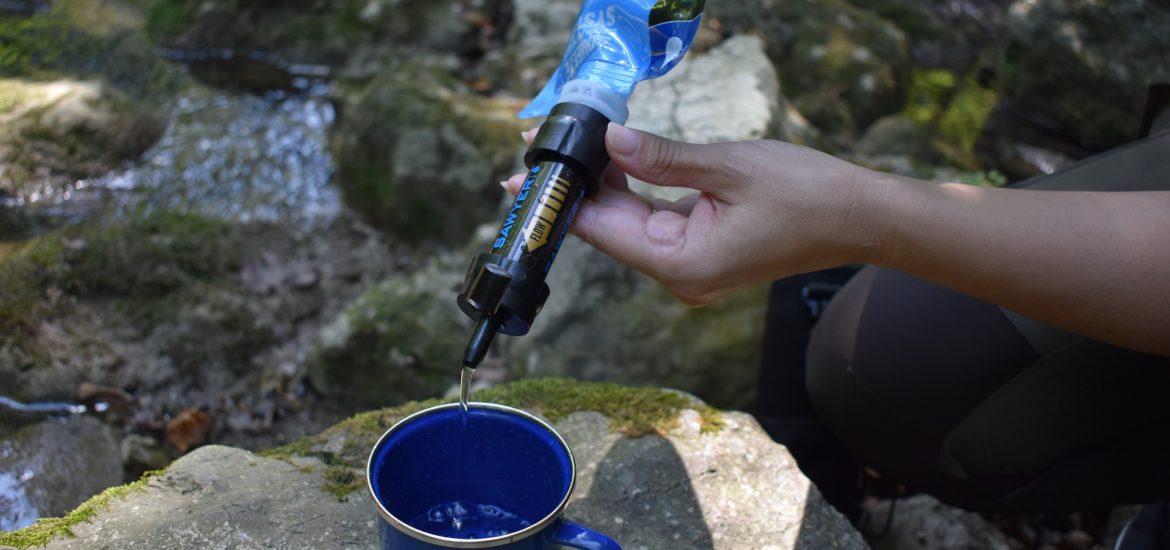
There are two aspects to water safety that are important while in the backcountry:
- Watercraft safety
- Access to Safe Drinking Water
Inexperience or poor planning for either can lead to disastrous consequences. So, it’s best to familiarize yourself with how to mitigate the risks.
Master Your Watercraft
In some instances, backcountry camping requires the use of watercrafts such as canoes, kayaks or rafts to access camp sites.
Although they might seem calm and passable at first, lakes, rivers and even oceans can quickly turn nasty if the conditions change and weather shifts or the wind picks up.
Recently, there have been many news reports about inexperienced watercraft users getting overwhelmed by degraded weather conditions. And, in some instances, campers have perished, either by drowning or exposure when their canoes have tipped over.
Knowing this, it’s very important to consider taking a watercraft safety course. An introductory watercraft course can teach you how to respond to changing circumstances and emergency situations.
From righting a tipped over canoe, to navigating rapids and high winds, there’s no doubt this could be potentially LIFE SAVING training.
Access to Safe Drinking Water
Whether it’s during the dry summer months or frigid winter months, access to safe and reliable drinking water is essential when planning a backcountry camping trip.
Consuming limited water amounts or restricting water consumption all-together will quickly lead to your body becoming dehydrated.
Advanced dehydration can lead to a myriad of symptoms which can include the following [Reference]:
- Loss of body temperature regulation
- Joints not functioning, including cramping
- Swelling of the brain
- Blood pressure fluctuations
Likewise, drinking untreated water can expose you to pathogens and diseases such as Giardia, E. Coli, and hepatitis A, which may also result in dehydration (via diarrhea).
So, it’s best plan exactly how you are going to access to safe drinking water while in the backcountry. This might mean developing a strategy to filter or treat lake or river water [How to Make Water Safe to Drink for Camping].
Tip 2 – Inclement Weather in the Backcountry
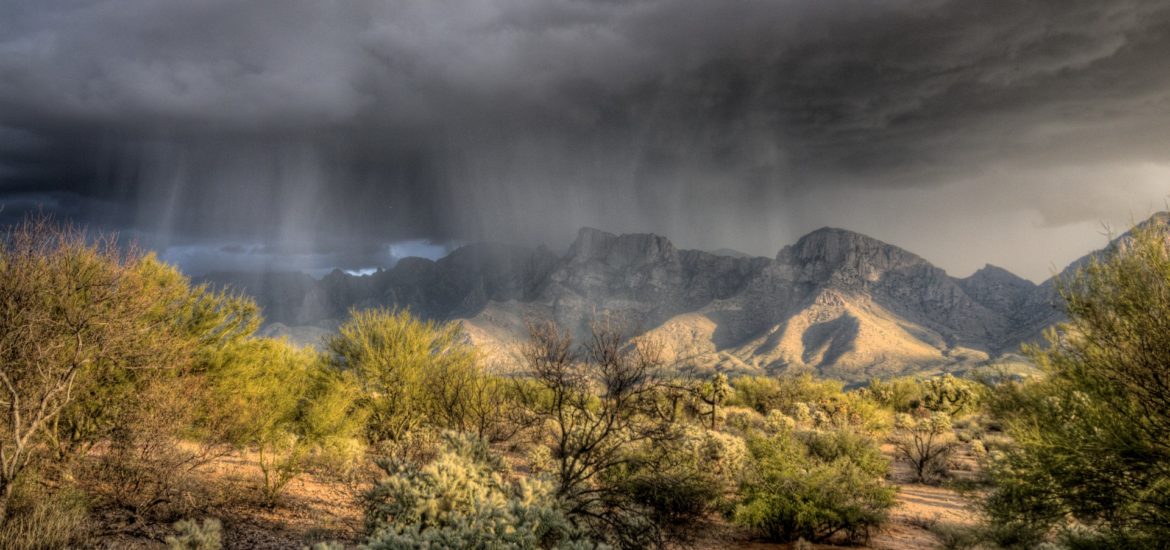
For most outdoor enthusiasts, backcountry camping feels a lot more raw and authentic compared to regular car camping.
Perhaps it’s because you are more exposed to the elements and environment. This includes sudden shifts in weather conditions, which can seem to be amplified will in the backcountry.
So, it’s imperative to understand the potential shifts in weather conditions and what steps you should take to better prepare for it.
This is extra important when camping during shoulder seasons, primarily between spring and summer, and fall and winter. The temperatures can swing drastically during these periods, as well as the amount of rainfall and even an increased chance of frost or snow.
Wear Proper Weather-rated Clothing
Your primary line of defense against inclement weather while in the backcountry is your clothes.
Proper, temperature rated clothes will help keep you warm and dry if the weather turns sour. Likewise, waterproof and breathable outer layers can prevent your clothes and body from retaining moisture, which is extra important in colder environments.
To help you determine what clothes you should bring backcountry camping, check out my article What Clothes to Pack for Camping.
Use Proper Weather-rated Camping Equipment [Tent, Sleeping Bag, Tarp]
Your secondary line of defense from bad or unexpected weather conditions is a versatile and capable set of camping equipment.
Primarily this includes a solid 3 or 4 season tent, a low-temperature rated sleeping bag, and waterproof tarp.
Most camper typically use a 3 season tent. These tents usually come with a waterproof fly or cover and waterproof base. A 4 season tent would be better suited for winter camping conditions. So, if the temperatures are well below freezing then it’s best to use a 4 season tent.
Likewise, sleeping bags are all rated for a certain temperature. If the outside temperature starts to dip down, you’ll probably end up having an awful night. Make sure the temperature rating of your sleeping bag is consistent with the weather forecast!
Finally, a tarp is a great way to give yourself added insurance against a wet and rainy backcountry camping trip. It gives you the option to create a sheltered area outside of your tent which can be used to build a fire [Build a Fire under a Tarp], cook, or rest.
Tip 3 – Dwindling Daylight
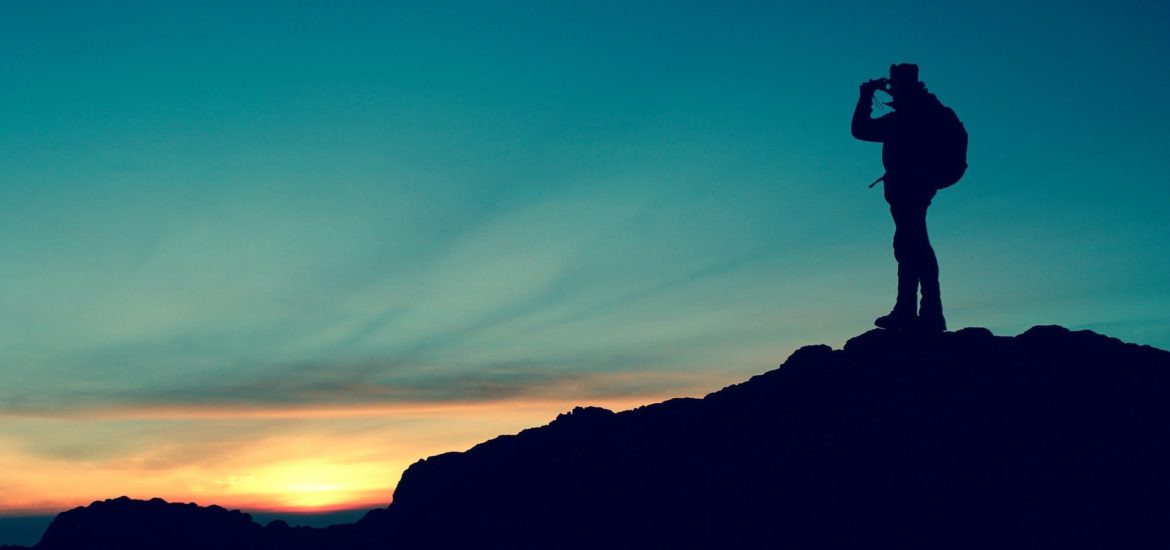
Artificial lighting is such a huge comfort we’ve all come to embrace. We can easily flip a switch and replace darkness with light at home.
Well, that luxury is pretty much eliminated while backcountry camping. Depending on the latitude, time of the year, or location of your trip, the amount of daylight can be limited.
If you’re hiking or traversing during the day, it’s important to understand how much daylight you have and plan your trip accordingly.
And, because it’s more difficult to complete tasks at night such as cooking, setting up tents, or starting a fire, it’s recommended campers leave ample time to complete these activities before sunset.
I usually check sunrise/sunset times when planning any trip. So, whether it’s a road trip or a backcountry portage trip, I know exactly how much daylight I have to work with. And, I’m not left in the dark (pun intended).
Tip 4 – Bears and Other Wildlife

Camping in the backcountry is a great way to get closer to nature. And with that comes an increased potential of seeing and interacting with wild animals.
From smaller mammals such as beavers and foxes, to larger animals such as moose and bears, there is an increased chance of crossing paths.
For the most part, wild animals tend to keep their distance from humans. However, sometimes our presence draws in certain animals.
Food and scented items may attract rodents, coyotes and bears. Unsecured food containers can be a magnet for curious (and hungry) animals. So, it’s best to maintain Proper Food Storage While Camping.
And, if you’re Camping in Bear Country, it’s also a good idea to carry bear spray as a last line of defense from a predatory bear or charging moose.
Tip 5 – Bring an Emergency Transponder
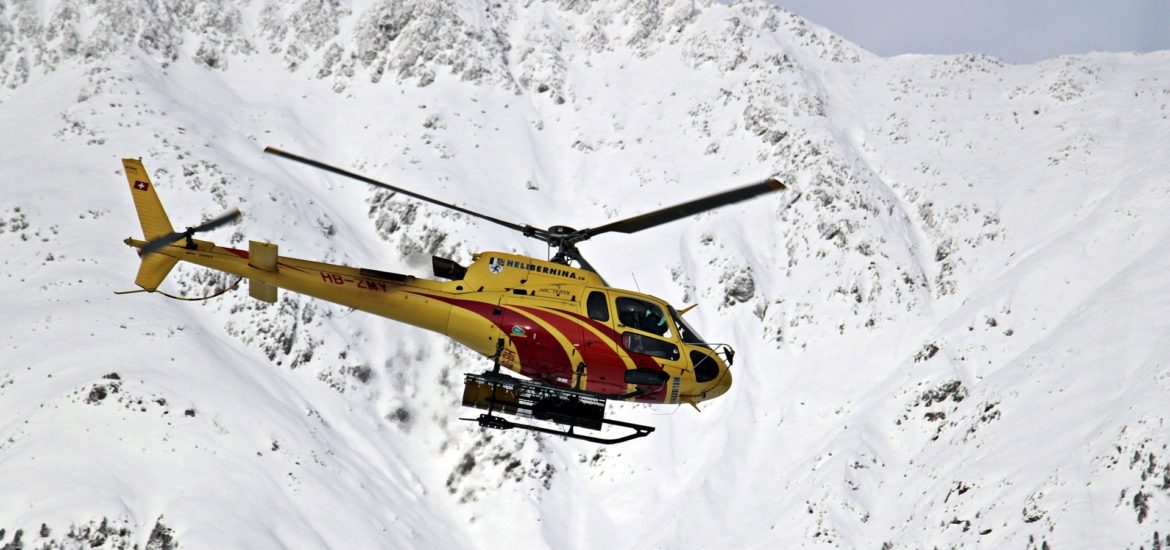
One of the most common and genuine concerns many would-be campers have is what happens during an emergency while in the backcountry.
For example, what happens if someone is injured or becomes ill, the weather becomes overwhelming, or you become lost and stranded? How do you get the help you need?
Well, cellphones might not be reliable while in the backcountry. Reception can be limited, batteries can run out, or cellphones can be damaged in certain situations.
Instead, you should consider carrying a handheld emergency transponder or communicator such as a Garmin inReach.
A device like this can be a literal lifeline between you and emergency services. Activating an emergency transponder will automatically notify rescue personnel of your exact location.
So, if your life is in danger and you need help, do not hesitate about activating the transponder. It can be the difference between life or death!
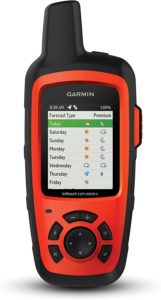
Garmin inReach Satellite Communicator
- 100% world-wide coverage
- 2 way text messaging
- GPS tracking and sharing
- Weather updates
- Digital compass and altimeter
- SOS function with interactive communication with 24/7 search and rescue centre
This article contains affiliate links, which help support this blog at no cost to you!

Pingback: Best Sport Headlamps [Top 3] – Camping, Climbing, Cycling & More!